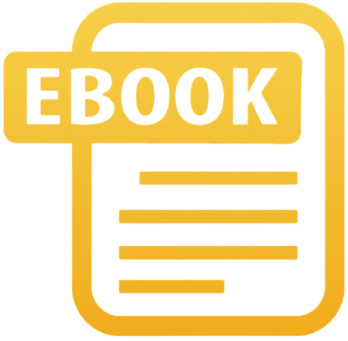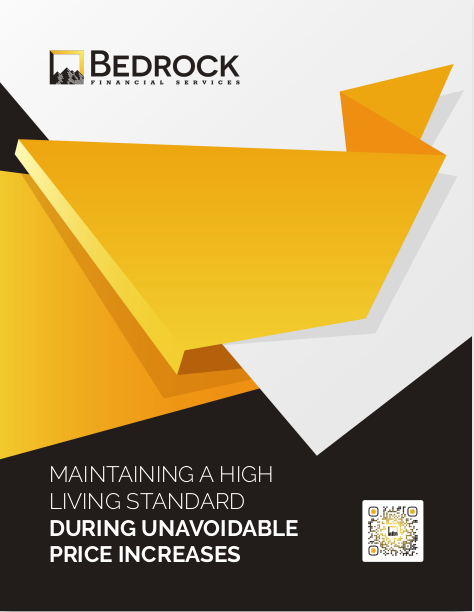Key Takeaways
-
Your first message to a new lead determines whether they lean in or walk away—it sets the tone for the entire relationship.
-
A well-crafted first message is not about selling, it’s about earning trust, proving relevance, and prompting curiosity.
Why Your First Message Holds More Power Than You Think
When a new lead comes through, your initial instinct might be to jump in and explain what you offer. But in 2025, with consumers becoming increasingly resistant to pushy sales approaches, your first message can’t sound like a pitch. It has to feel like a doorway—an invitation, not an agenda.
That message is the moment a lead decides whether to ignore you, block you, or reply with interest. It shapes the mental category they put you in: problem-solver or product pusher. So before you type another word, pause. You’re not starting a sale—you’re starting a relationship.
What a Good First Message Actually Does
Your goal isn’t to explain everything. It’s to:
-
Show you understand them.
-
Offer something that aligns with where they are now.
-
Prompt engagement, not conversion.
If it feels like you’re trying to open a long conversation rather than close a short deal, you’re doing it right. You want to offer just enough relevance that they think, “This might be worth my time.”
1. Start With Their World, Not Yours
The biggest mistake insurance agents make is opening with their product, their offer, or their company. Instead, start by acknowledging something about the lead:
-
A common situation they might be in.
-
A concern they likely have.
-
A question they may be asking themselves.
Examples of great openers include:
-
“You’ve probably already been looking into coverage but not sure who to trust—does that sound familiar?”
-
“I’m reaching out because most people I speak to this time of year are trying to get clarity on what they actually need—and what they don’t.”
The key here is empathy. You’re showing that you’re tuned into their experience before ever asking for a reply.
2. Keep the Tone Professional, But Human
Formal and robotic messages get ignored. So do messages that try too hard to sound casual. Instead, aim for a professional tone that still feels warm and human. Avoid:
-
Corporate jargon.
-
Complex language.
-
Overly friendly phrases that feel insincere.
Instead, use language that reads like how you would speak on a respectful, thoughtful phone call.
A good rule of thumb? If you wouldn’t say it aloud to a lead in their 50s who’s skeptical but open, don’t write it.
3. Offer a Soft Engagement
Don’t ask for a call, an appointment, or a quote in your first message. Instead, offer a small step that requires no commitment. Here are examples:
-
“Would it help if I sent over a quick summary of what most people in your situation consider first?”
-
“No pressure at all—I can send over a brief checklist that helps you compare options if you’d like.”
This kind of offer shifts the power to the lead. It builds trust by showing you’re willing to help without forcing a sales process.
4. Make Your Message Short, But Not Shallow
Length matters. If your message is too long, it feels like work. If it’s too short, it lacks substance. You’re aiming for around 45 to 65 words—enough to convey:
-
Recognition of their situation.
-
Why you’re reaching out.
-
A soft reason to reply.
If it takes more than 20 seconds to read, trim it down. Break up long sentences. Avoid attachments or bulky links in the first message.
5. Follow Timing Rules
In 2025, attention spans are shorter and inboxes are fuller. That’s why the timing of your first message matters.
-
Send within 5 minutes of a new lead opting in, if it’s through a form or landing page.
-
Avoid weekends and after-hours unless the lead indicated otherwise.
-
If it’s a cold outreach, late morning or mid-afternoon (between 10:00 AM and 3:00 PM) performs best.
Leads don’t wait around for your message. If they don’t hear from you quickly, someone else might already be in their inbox.
6. Don’t Lead With a Calendar Link
Resist the temptation to paste your scheduler link in that first message. It immediately feels like a sales ask. Even if you think you’re saving time, the lead sees it as pressure.
Use calendar links only after they’ve shown some interest—either by replying or requesting more information. Until then, your only job is to get a response.
7. Tailor It to the Channel
A first message on text should not look like a first message on email. Same goes for DMs on social platforms. Each channel has a different rhythm:
-
Text: Be brief and to the point. Think 2-3 lines max.
-
Email: A few short paragraphs are okay. Add a soft subject line like “Quick question about coverage concerns”.
-
DM: Make it personal to the platform. On LinkedIn, reference something on their profile. On Facebook, keep it straightforward.
The message format should always feel native to where it appears.
8. Avoid These Red Flags
You may have only one shot to make an impression. Avoid the following triggers that get your message ignored or flagged:
-
Caps lock or exclamation marks. These feel aggressive.
-
Anything that sounds like a pitch or an offer. Save those for later.
-
Words like “free,” “limited time,” or “exclusive.” They belong in ads, not first messages.
-
Typos or grammar errors. These instantly lower your credibility.
You’re not just selling a service—you’re presenting yourself as someone reliable. That starts with your writing.
9. The Follow-Up Matters Just As Much
Your first message doesn’t end the job. If they don’t reply, a gentle follow-up within 24-48 hours can reignite interest. Keep it light:
-
“Just wanted to check if you got my last note—happy to resend if needed.”
-
“Let me know if you’d prefer a quick summary instead—happy to adjust.”
Avoid guilt trips or assumptions like “I guess you’re not interested.” Stay open, not reactive.
10. Track Response Data
In 2025, you have tools to track performance. Use them. Monitor:
-
Open rates and reply rates.
-
What time of day got the most engagement.
-
Which tone worked best—friendly, neutral, helpful.
Over time, this gives you a data-driven foundation to improve your first-message strategy and match it to your niche audience.
Ready for Better First Impressions?
The first message isn’t about conversion—it’s about conversation. If you want to build a pipeline of responsive leads, you need to meet them with relevance, timing, and trust.
At Bedrock Financial Services, we help professionals like you craft messaging strategies that get results—without sounding like sales robots. From automated outreach tools to done-for-you scripts and training, our platform supports you with what actually works in today’s market.
Sign up now and get the tools, templates, and guidance to finally take control of your lead conversations.







